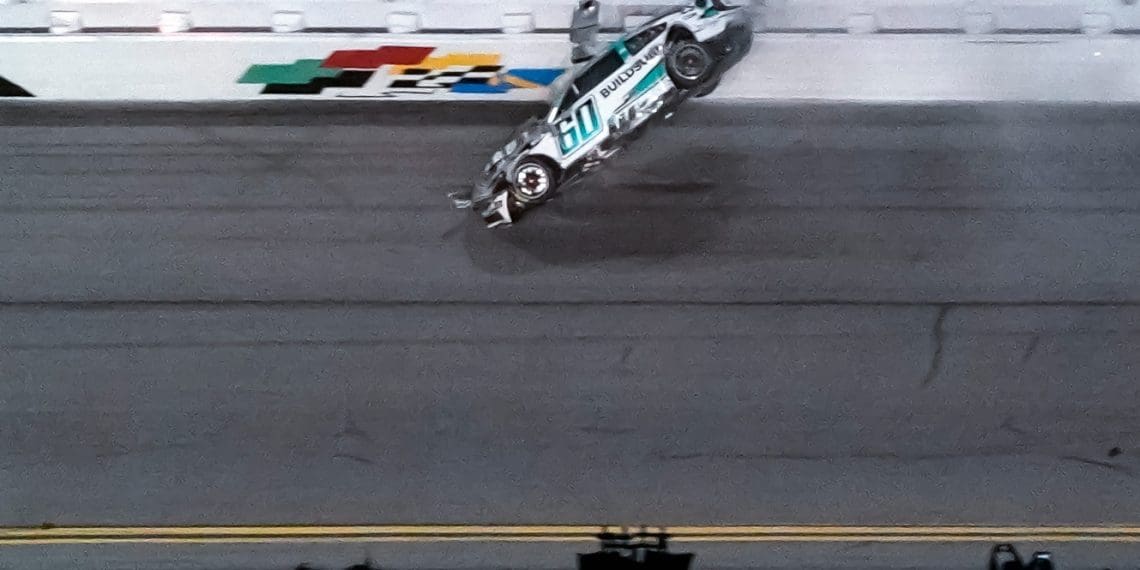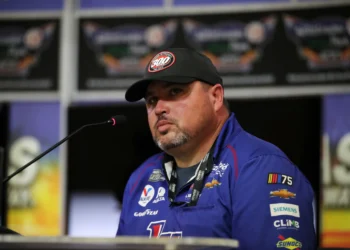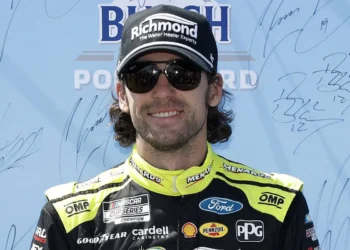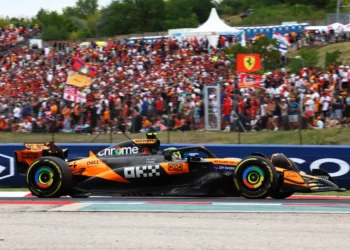Ryan Preece’s crash at Daytona International Speedway was nothing short of nightmarish, leaving fans and drivers alike in shock. The RFK Racing driver’s No. 60 Ford went airborne in a terrifying wreck with just five laps to go, flipping violently before finally landing on its wheels.
Even seasoned commentators in the FOX Sports broadcast booth were left stunned, exclaiming:
“I’ve never seen a car do that.”
It was a crash that instantly brought back chilling memories of his 2023 wreck, another violent airborne incident that led Daytona officials to pave the infield in an attempt to minimize such accidents. Yet here we are, just one year later, witnessing another horrifying moment that could have ended in disaster.
The chain reaction that sent Preece flying
It all started when Christopher Bell received a massive shove from Cole Custer, causing his No. 20 Toyota to spin out of control. Preece, who was running in the pack, was caught in the chaos—and that’s when things took a terrifying turn.
His No. 60 Ford’s front end lifted off the ground, and suddenly, he was airborne, tumbling violently across the track. Making matters worse, his car rode on top of Erik Jones’ No. 43 for an extended period, creating one of the scariest visuals in recent NASCAR history.
This was exactly the kind of high-speed wreck NASCAR officials have been working to prevent, but once again, Daytona’s unpredictability turned a race into a survival test.
Preece’s terrifying moment: “All I thought about was my daughter”
Preece’s onboard camera footage revealed the sheer horror of the moment—the driver could be seen bracing for impact as his car launched into the air. He knew exactly what was coming, and in that split second, his thoughts weren’t about the race—they were about survival.
After being checked and miraculously cleared from the infield care center, Preece shared his emotions:
“Yeah, I don’t know if it’s the diffuser or what that makes these cars like a sheet of plywood when you walk out on a windy day. But when the car took off like that, it got real quiet.”
“All I thought about was my daughter, so I’m lucky to walk away, but we’re getting really close to somebody not being able to, so I’m very grateful.”
His words carry a chilling truth—these cars are dangerously close to crossing the line between survivable and catastrophic.
A lucky escape, but how long until disaster strikes?
For Preece, the frustration was evident. His car was fast, competitive, and capable of a strong finish, only for another superspeedway wreck to rip that chance away.
“That sucks. I mean, this thing was fast. It’s frustrating when you end your day like this.”
But beyond the disappointment, Preece’s bigger concern is safety. His wreck wasn’t just another crash—it was another red flag moment for NASCAR, another near-miss that could have been fatal.
Superspeedway racing has long been a thrilling but dangerous spectacle, but as Preece said, we’re getting dangerously close to the line where luck may run out for the next driver caught in a wreck like this.
For now, Preece walks away unharmed—but NASCAR has to ask itself how many more warnings they’ll get before tragedy strikes.













